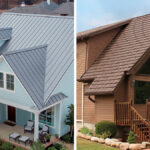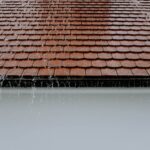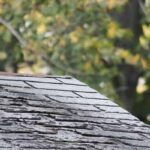Roof Flashing and Its Benefits
Roof maintenance is a time-consuming job. You hardly find time to climb the roof and cleaning its nook and corner. But failing to do this ensures one thing: puddles in various areas that slowly seep through the roof and into your home’s ceiling. You will notice damp spots on various parts of the ceilings and walls. Some homeowners say that they get so frustrated to repaint their walls and ceilings every year due to these spots that they spend fortunes to install new roofs. But is it necessary to replace the roof when you can check out other alternatives?
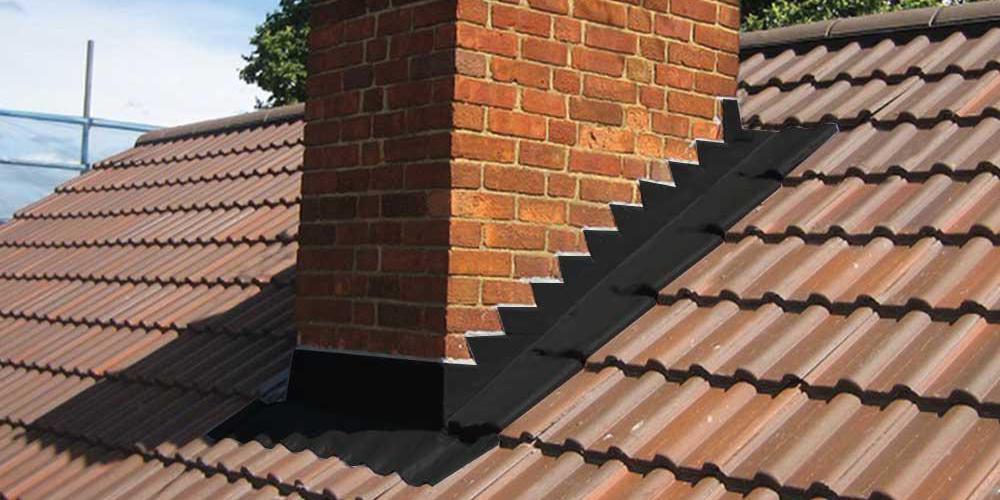
What’s the main reason for water seeping through the roof and into the ceiling? There are cracks on the roof that you can’t see. Instead of finding the cracks, it’s wise to go for roof flashing. It will prevent the water from seeping through the cracks and divert it from crucial areas of the roof, such as roof valleys, chimneys, and walls.
Understanding roof flashing
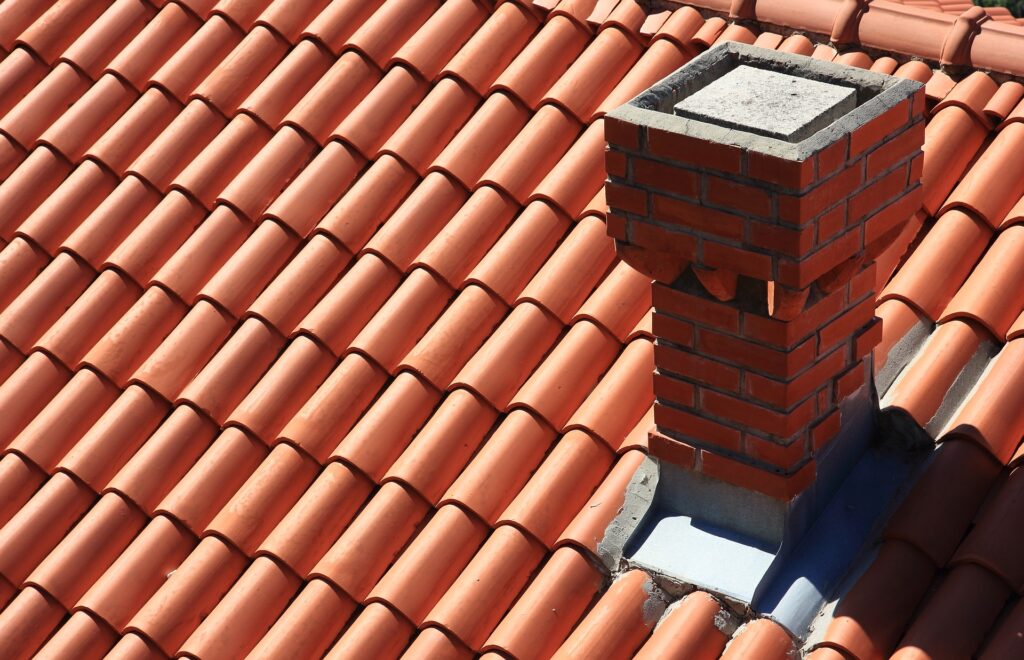
Roof flashing is a process where a roofing expert installs a thin metal on the roof’s surface. This metal prevents water from entering areas like the chimney, walls, and roof valleys. Roof flashing metal comes in various options, such as steel, copper, and aluminum. Most roofers use steel roof flashing as it doesn’t rust easily and can withstand extreme temperature conditions.
Most importantly, steel roof flashing gives a clean look to the roof and fits the budget of most homeowners. Copper is another excellent material that stands the test of time. It looks beautiful aesthetically and also lasts long. The only drawback with copper flashing is you will have to spend big initially. You should talk to your local roofing expert about the flashing material and the area that it will cover on your roof.
Another way to achieve the same thing and seriously lengthen the life of your roof is to use roof rubberising liquid rubber paint to waterproof your roof.
Why is roof flashing necessary?
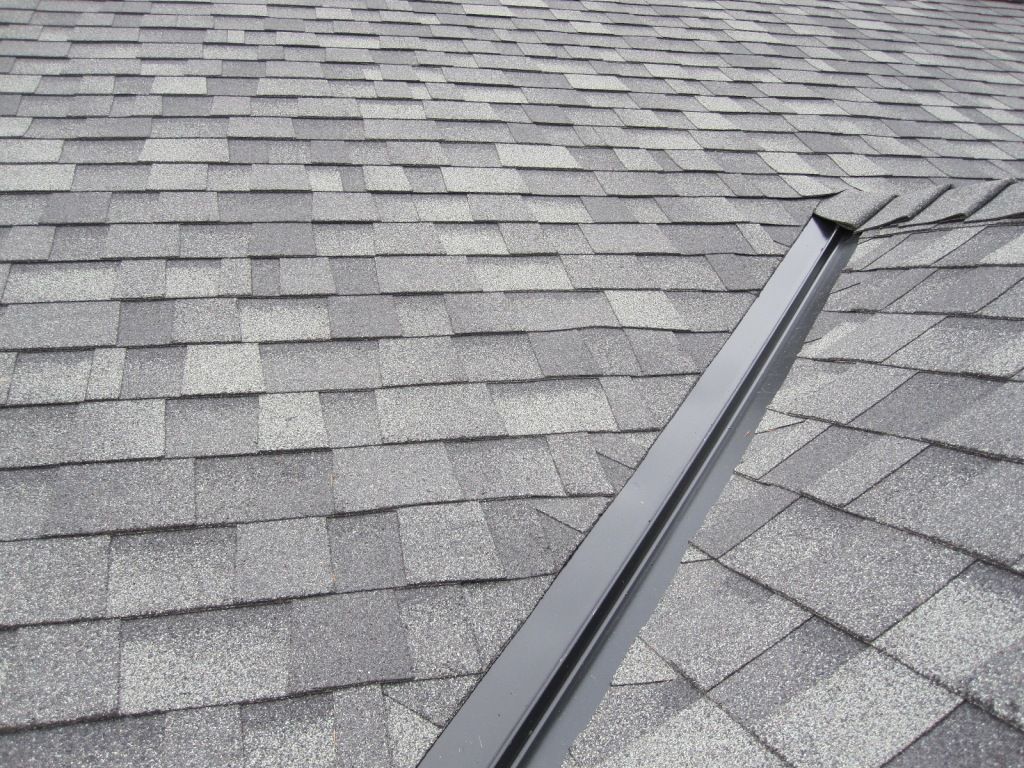
When you think of a new roof installation, the first thing that may come to your mind is a shingle. Shingles are crucial for a roof, but so is flashing. Flashing prevents water from reaching underneath the shingles. You will notice roofers advising you to install roof flashing around gutters, vents, skylights, and chimneys. This enables water to run off instead of remaining stagnant on the roof. Many roofers also install roof flashing at the meeting points of vertical walls and front walls.
One of the reasons why homeowners should invest in roof flashing is it makes the roof long-lasting. No one would want to spend a few thousand bucks within a few years after installing a new roof. Instead, a small investment in roof flashing will ensure that the roof remains safe and free from the adverse effects of water.
Roof flashing is another sensible investment because it improves the longevity of your roof. For example, if the average durability of your roof is 20 years, roof flashing may increase that period to at least 50 years. That’s because roof flashing is also a durable procedure. Both steel and copper flashing lasts for years without requiring too much maintenance.
There are four types of roof flashing that most roofers implement according to the roof’s design:
• Continuous flashing – This involves a long sheet of metal installed on the roof’s surface that diverts water onto the roof’s edge and into the gutter.
• Base flashing – Roofs with chimneys require two parts of flashing. This helps in directing rainwater on the flashing surface that sends the water downwards.
• Counter flashing – Counter flashing is installed opposite of base flashing. It ensures that water can’t seep into the chimney or shingles.
• Step flashing – This is a rectangular flashing surface installed in several layers that protect the walls from absorbing water over time.
If you want to keep your roof safe and free from moisture, contact a roofing expert for roof flashing today.


